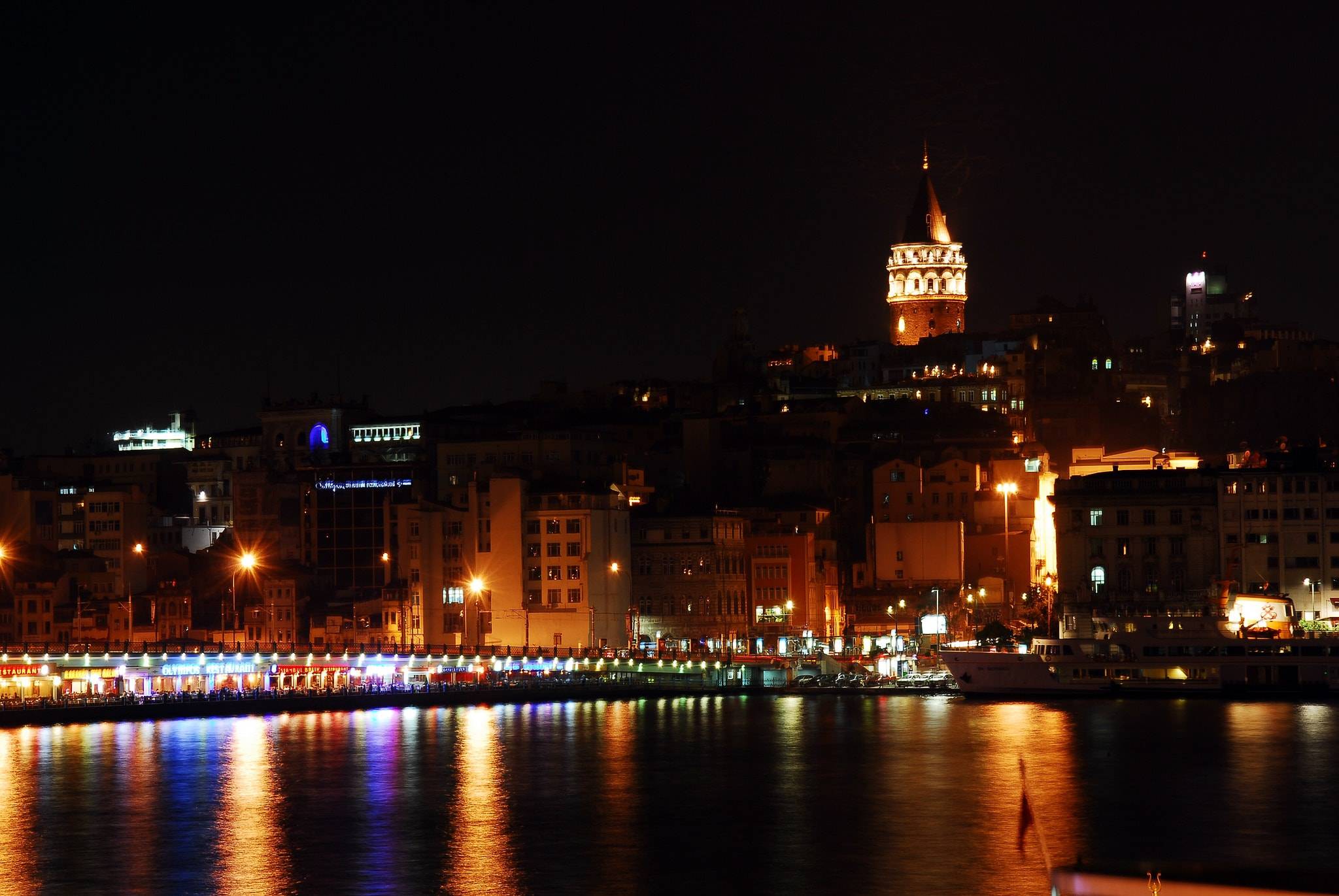Istanbul is one of the most magnificent cities globally, with mesmerizing architecture, delectable cuisine, and friendly people. It’s a city where visitors from all over the world return time and time. It is a unique city between two continents – Europe and Asia – and has inherited cultures from both. People come to Istanbul to see the combination of the ancient and the modern, even though it is claimed to be the east and west hot spot. Istanbul is particularly lovely in March when the weather is mild. So, this is the time to apply for a turkey visa online to see the best moment to view the city’s natural colours.
Best Time To Visit Istanbul
Istanbul is beautiful in the spring and fall. The weather in Istanbul in March is pleasant. Furthermore, the crowds are fewer at this time, allowing you to view all of the city’s vibrant colours. In addition, the International Tulip Festival takes place in late April. The weather in Istanbul in March 2022 is likely to be similar to past years. The average high temperature is roughly 13 degrees Celsius, with a low temperature of 6 degrees. The rainfall is 6.83 millimetres, which is average.
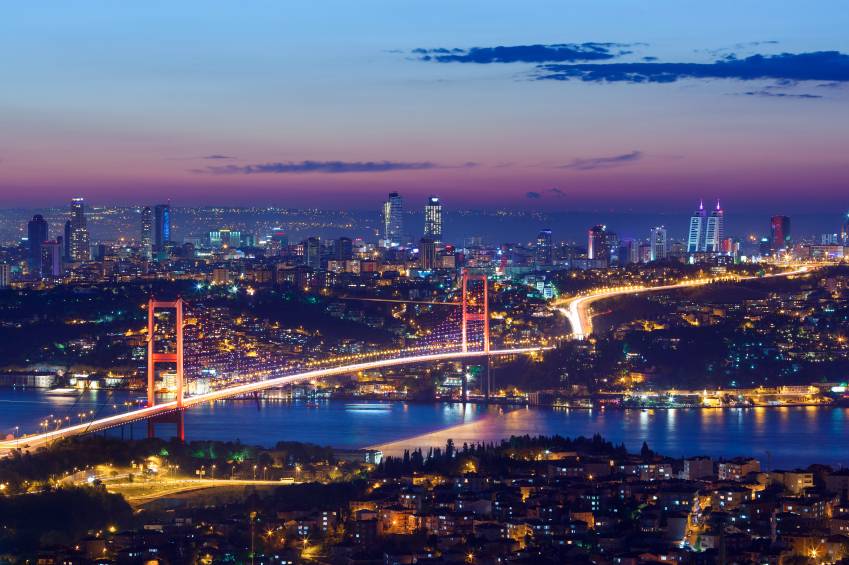
What should you wear in Istanbul in March? Because it gets a little cool this time of year, you’ll want to bring a few warm clothes with you. Rainfall decreases significantly from March onwards, although you’ll still need a raincoat for the rare rains. The days are brighter and longer, and you’ll be ready to visit Istanbul in March with just a few woollens because the weather in Istanbul in March is ideal for seeing the city.
10 Things To Do In Istanbul In March
So, if you have a turkey e visa and are still deciding what to see and do in this beautiful country, here are the best sites to see in Istanbul in March 2022 for your next trip!
1. Hagia Sophia
The Hagia Sophia has served as a place of worship for various religions throughout the years. It has been the home of the Patriarch of Constantinople since its construction in 537. For about six decades in the 12th century, this location was a Roman Catholic church. It was converted into a mosque in 1453 and remained thus until 1931. It was closed that year and reopened as a museum in 1935. The Hagia Sophia, a church, was once an inspiration for several mosques, including the Blue Mosque. So, if you’re in Istanbul in March on behalf of your Turkish e visa, be sure to see this location.
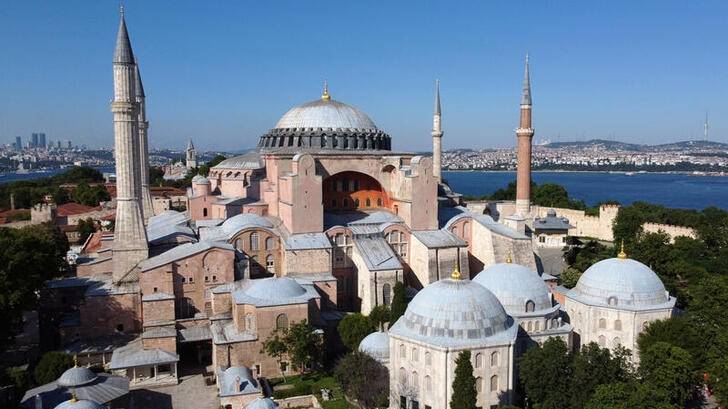
2. Cistern of the Basilica
For ages, this Cistern has supplied as Istanbul’s water supply. It was built under the orders of Roman Emperor Justinian I in the sixth century. These sites show how advanced ancient civilization was and how Roman technology is still relevant in the 21st century. The underground structure, which was built in the space of a church, is near to the famous Blue Mosque. A basilica is a general structure that has served as a court and other civic functions. As it is commonly called, the Sunken Palace can contain 2.8 million cubic feet of water. Fans of James Bond films may remember this area because it was used to film sections of the 1963 film ‘From Russia with Love.’
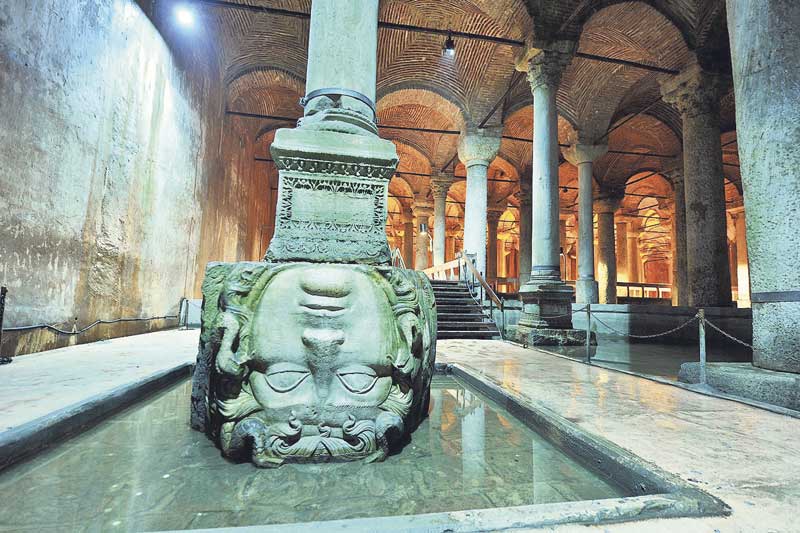
3. Galata Tower
The Galata Tower is one of the most visible buildings in Istanbul’s sky while visiting in March. It provides a stunning view of the old city and its surroundings. The Structure of Christ is a mediaeval stone tower built in the Middle Ages. It has been Istanbul’s highest skyscraper since 1348. The building has undergone numerous changes throughout the decades, although it still retains its historic appearance. It is now used to identify fires. Currently, a café, a nightclub, and a restaurant are located at the top of the tower. All of them may be reached via elevators. From the top of the building, the view of the entire city is simply breathtaking.
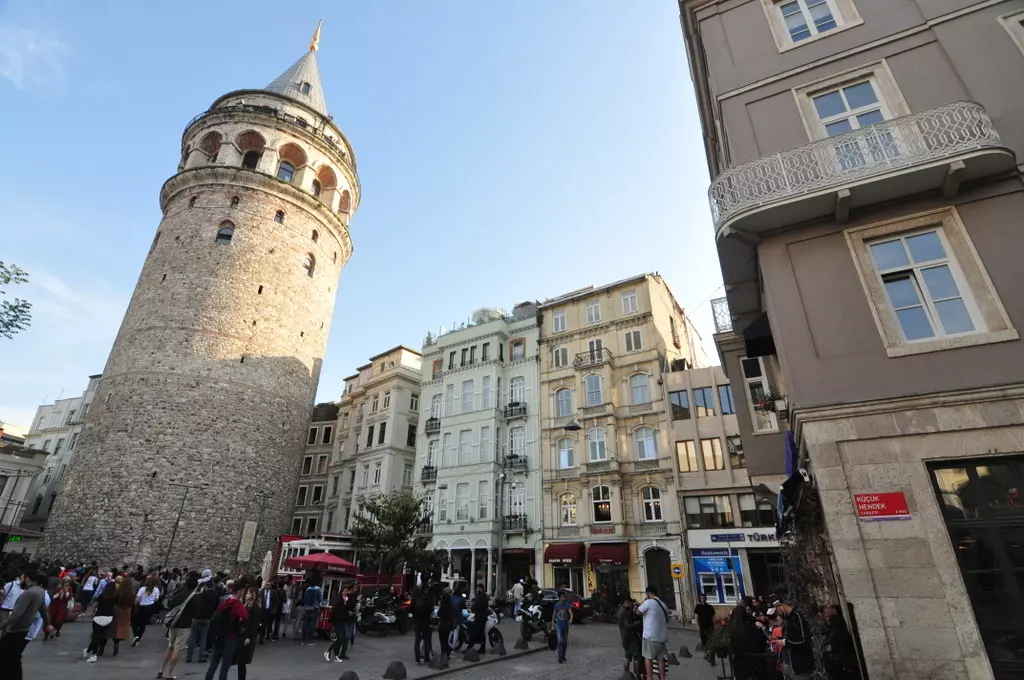
4. Suleymaniye Mosque
The Suleymaniye Mosque is well-known for its beauty and tranquilly. Those who have attended feel a feeling of spirituality due to their stay. Back about 1550, Sultan Suleyman ordered the construction of this mosque on Istanbul’s Third Hill. The mosque is an outstanding example of how Islamic and Byzantine architecture may be combined to create a masterpiece. The mosque had seen better days, particularly during World War I, when a fire broke out in the surrounding grounds. This location was utilized as a weapons storage at the time. The mosque has four minarets on every four corners, indicating that a sultan built it. This mosque was the dome in the Ottoman Empire.
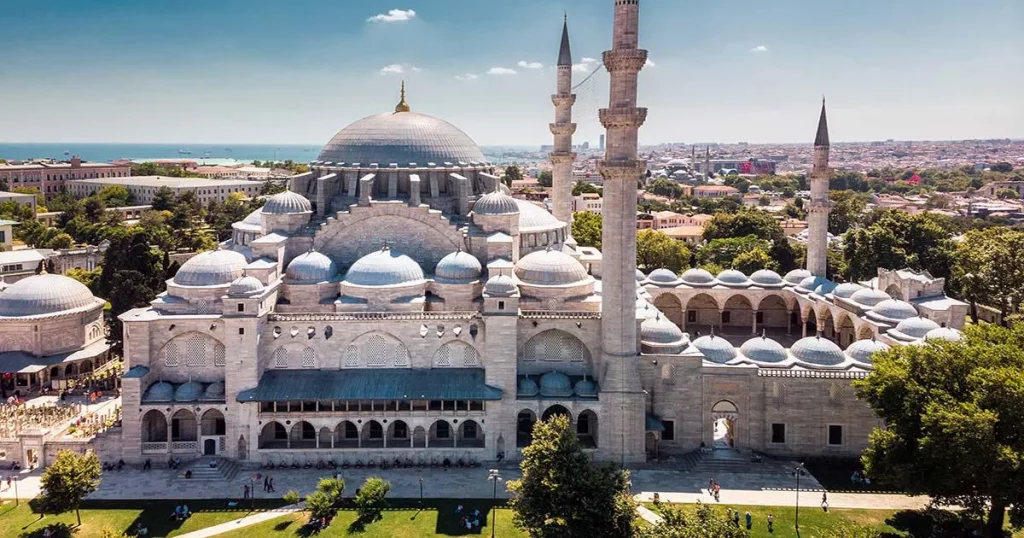
5. Topkapi Palace
Topkapi Palace has become one of Istanbul’s most important tourist sites, combining rich history with gorgeous views. With a radius of five kilometres and 27 towers, this location is deep in Ottoman history. The palace is on a hill with views of the Marmara Sea, the Golden Horn, and the Bosphorus. It was once the palace of the Ottoman royals, then the Sultans, and finally the Turkish government. It has since been altered into a museum and is the world’s oldest and most significant. Tourists may see the harem’s quarters, which served as the government’s centre. They can also observe the Sultans’ weapons and the palace kitchen. Visitors may also explore the treasury, which has a collection of clocks and gems.
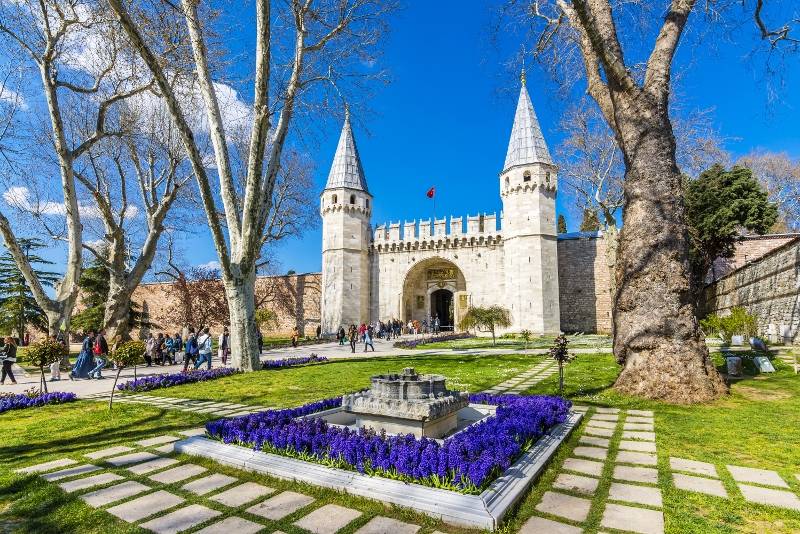
6. Chora Church
This church’s beautiful Byzantine art may be slightly off the beaten track for visitors, but it leaves an indelible impression. The church’s décor and architecture will be well worth your time. The stories of Jesus and Mary are represented throughout the church through magnificent fresco paintings and mosaics. It was formerly known as Chora’s Church of the Holy Savior. This church is regarded as one of the most exquisite Byzantine masterpieces that have survived today. It was a monastery in its early years, under the reign of Constantine. It was afterwards converted into a mosque. The Chora Church was turned into a museum in 1948. If you’re in Istanbul in March, be sure to go sightseeing.
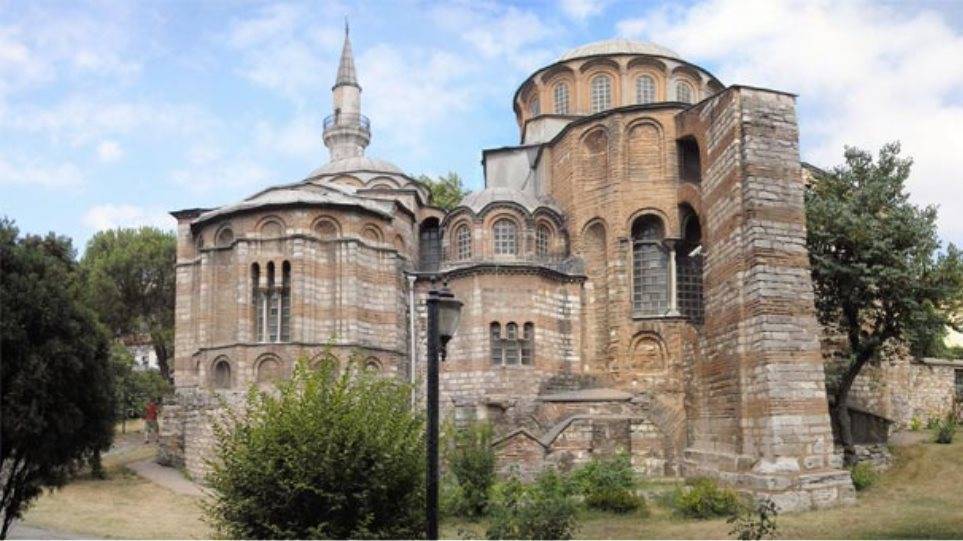
7. Istanbul Archaeological Museum
The Tiled Kiosk Museum, The Ancient Orient Museum, and the Archaeological Museum make up the Istanbul Archaeological Museum. This is Istanbul’s most significant museum. Over a million artefacts from diverse civilizations worldwide are housed in the three museums. It was the first Turkish museum, established in 1891. It is placed on the grounds of the Topkapi Palace and is a must-see for anybody visiting Istanbul in March. The Tiled Kiosk Museum, which dates from 1472, is much older. There are hundreds of priceless relics, including Alexander the Great’s sarcophagus.
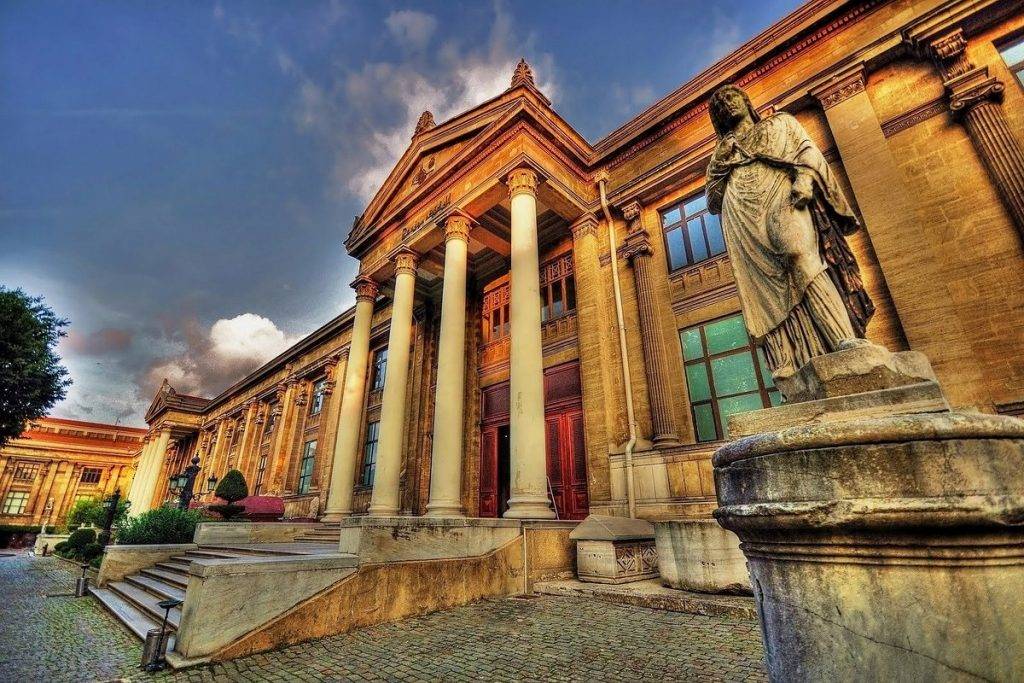
8. Grand Bazaar
When visiting Istanbul in March, shoppers should make a point of visiting the Grand Bazaar. As the names suggest, this bazaar or market is genuinely big, with over 5,000 businesses and a quarter-million daily visitors, making it one of the world’s largest indoor markets. Antiques, hand-painted pottery, rugs, traditional jewellery, spices, and more may be found at this market. Since 1461, this market has grown to include two mosques, two hot baths, four fountains, and the Cevahir Bedesten, among other things. Cevahir Bedesten is one of the firstborn parts of the market, with some of the most valuable stones, antique furniture, and historical weapons for sale.
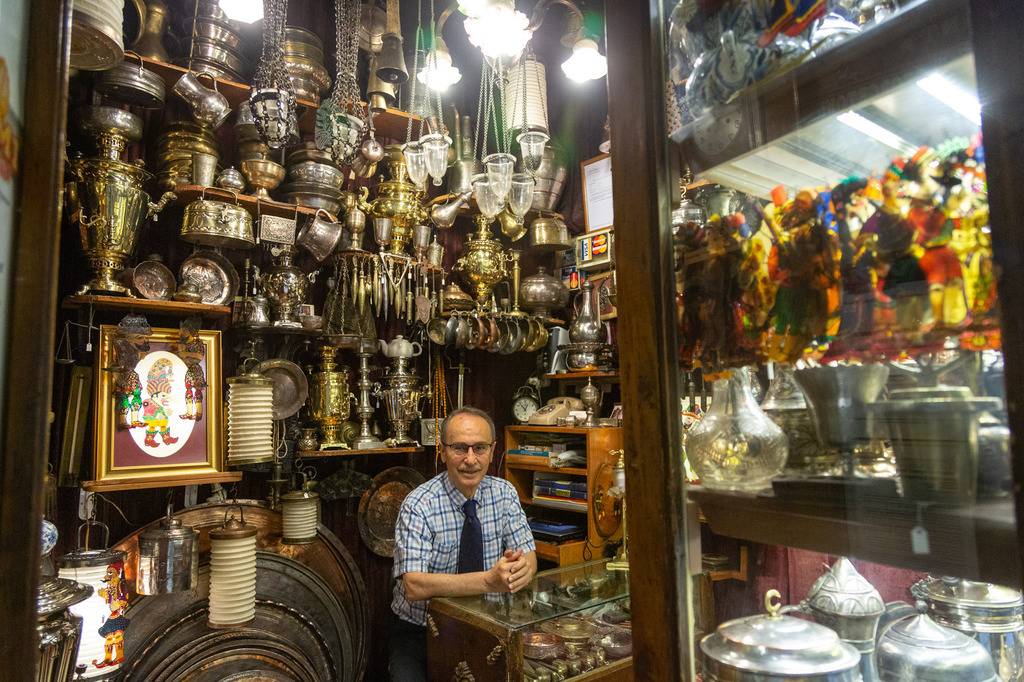
9. Dolmabahce Palace
The Dolmabahce Palace is beautifully furnished. It’s frequently compared to the Palace of Versailles in France. It was constructed in the 19th century and features 14 tonnes of gold leaf décor. It is one of Turkey’s most opulent palaces, having housed six sultans between 1856 and 1942. It also houses the world’s most enormous Bohemian crystal chandelier, given to Queen Victoria as a gift. This is a beautiful palace built near the Bosphorus coastline.
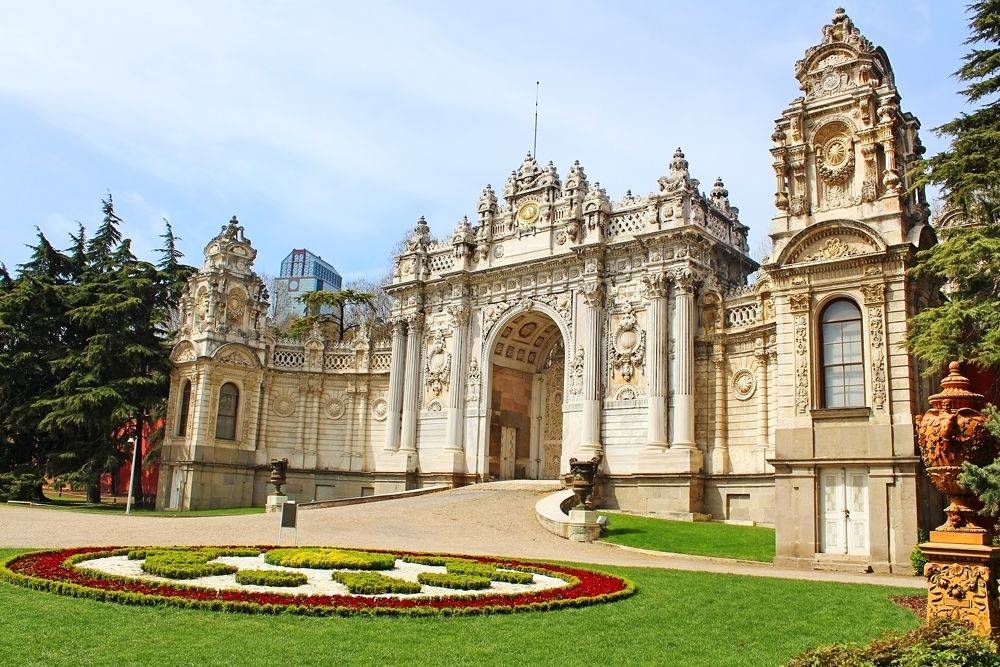
10. The Blue Mosque
The Blue Mosque is one of Istanbul’s most well-known mosques. It was created in the 17th century and is used for worship today. The mosque is closed during Muslim prayer hours, although it is open to visitors at other times. All guests must remove shoes, and women’s hair must be covered. When you see the 200 stained glass windows and the 20,000 tile floors with various tulips painted on them, it will be well worth it. The blue tiles of the mosque’s higher floors give it this name.
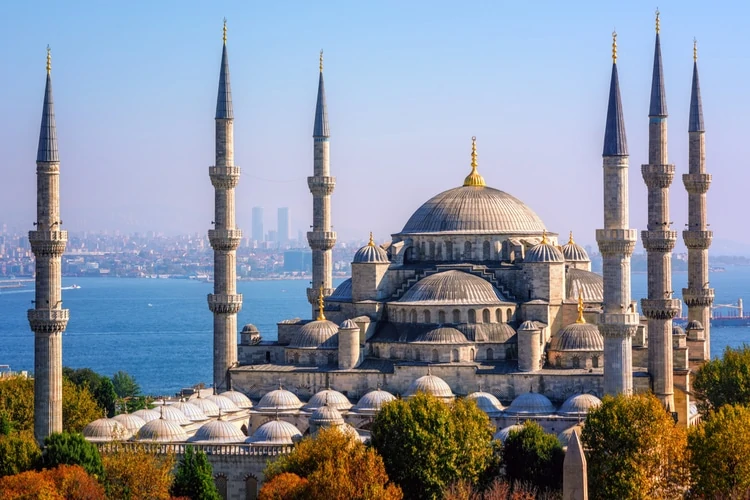
You don’t have to worry if you still can’t decide whether or not to visit this lovely country. Just as certain things can only be believed when seen with the naked eye, the only way to enjoy the finest of this country is to explore it on your own. So, apply for a turkey e visa online and make plans to visit Istanbul for a refreshing holiday, unlike anything!
